Occupation PoetShepherd/farmer Language Welsh Name Hedd Wyn | Ethnicity Welsh Role Poet Citizenship British | |
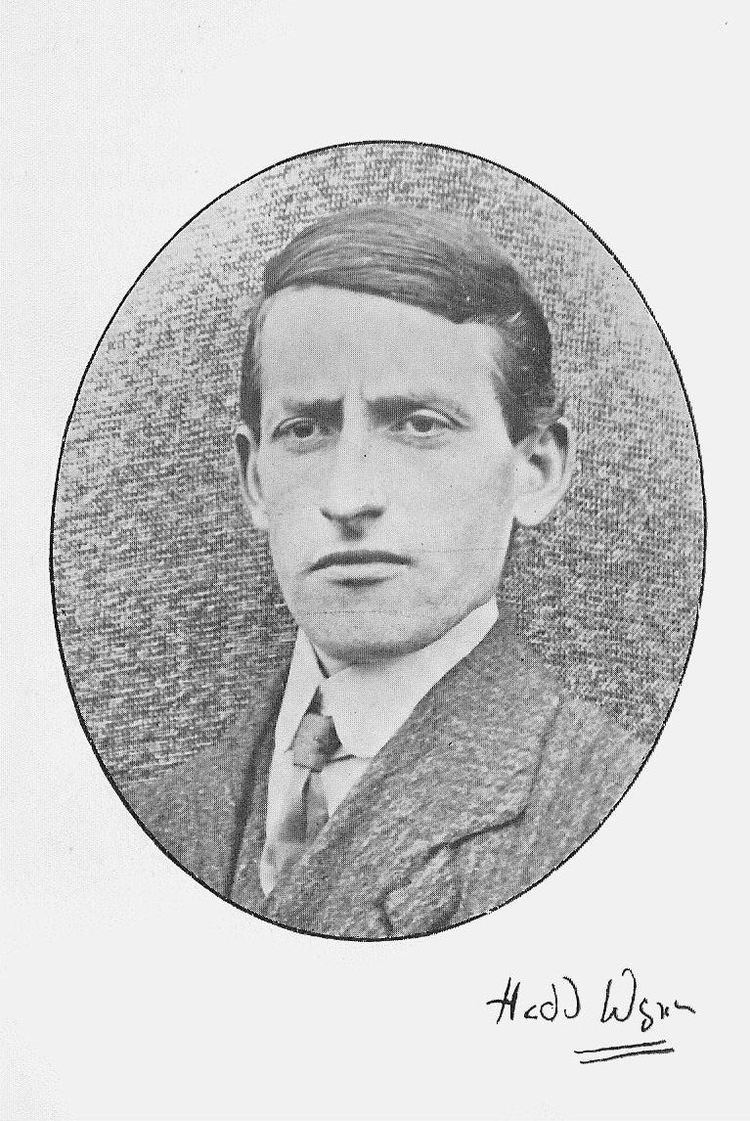 | ||
Born Ellis Humphrey Evans13 January 1887Trawsfynydd, Meirionydd, North Wales ( 1887-01-13 ) Notable works Yr Arwr, Ystrad Fflur, Plant Trawsfynnydd, Y Blotyn Du, Nid a’n Ango, Rhyfel Resting place Artillery Wood Commonwealth War Graves Commission Cemetery, Boezinge | ||
Englynion coffa hedd wyn ellis evans great war 1914 1918 troytes chant welsh trio
Hedd Wyn (born Ellis Humphrey Evans, 13 January 1887 – 31 July 1917) was a Welsh-language poet who was killed on the first day of the Battle of Passchendaele during World War I. He was posthumously awarded the bard's chair at the 1917 National Eisteddfod. Evans, who had been awarded several chairs for his poetry, was inspired to take the bardic name Hedd Wyn (Welsh: blessed peace) from the way sunlight penetrated the mist in the Meirionnydd valleys.
Contents
- Englynion coffa hedd wyn ellis evans great war 1914 1918 troytes chant welsh trio
- Hedd wyn rhan 1
- Early life
- Eisteddfodau
- First World War
- Conscription
- Death at Ypres
- National Eisteddfod
- Manuscripts and publication
- Trawsfynydd
- Centennial commemorations
- 1992 film
- 2009 novel
- 2017 novel
- References
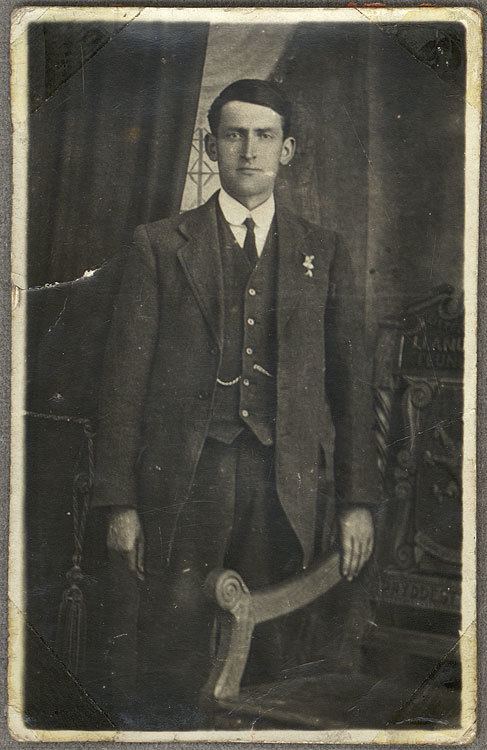
Born in the village of Trawsfynydd, North Wales, Evans wrote much of his poetry while working as a shepherd on his family's hill farm. His style, which was influenced by romantic poetry, was dominated by themes of nature and religion. He also wrote several war poems following the outbreak of war on the Western Front in 1914.
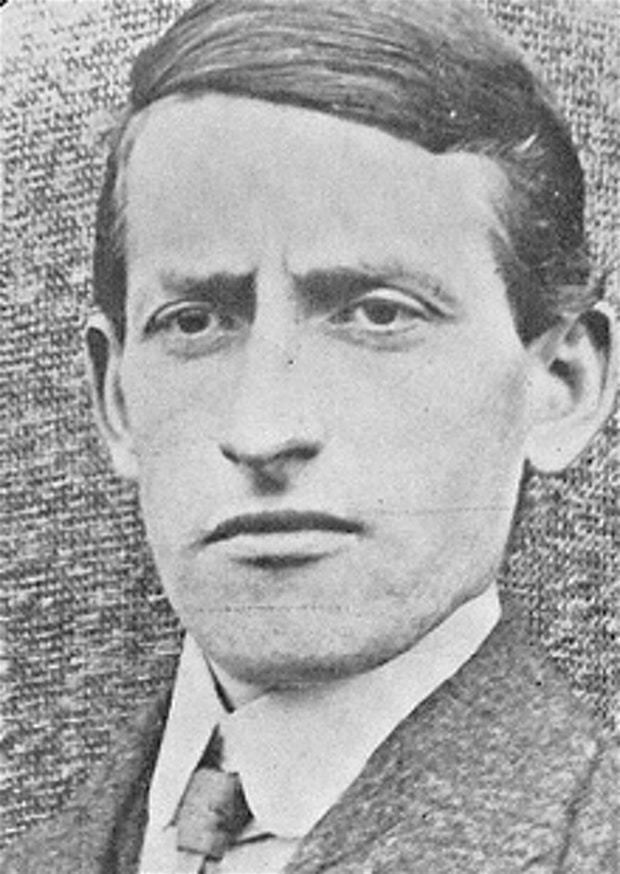
Hedd wyn rhan 1
Early life
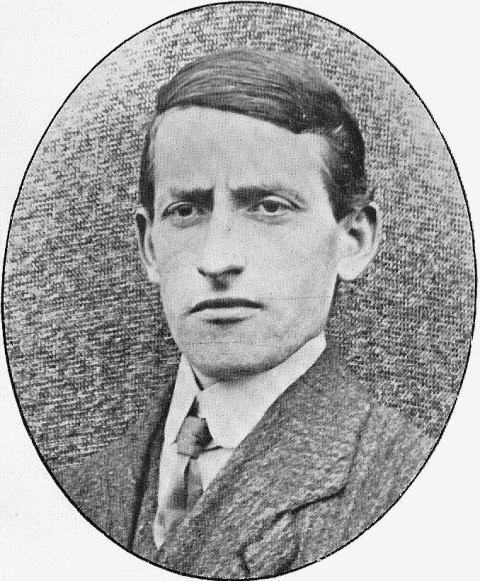
Ellis Humphrey Evans was born on 13 January 1887 in Pen Lan, a house in the middle of Trawsfynydd, Meirionydd, Wales. He was the eldest of eleven children born to Evan and Mary Evans. In the spring of 1887, the family moved to the fathers family 168 acre hill-farm of Yr Ysgwrn, a few miles from Trawsfynydd in Cwm Prysor. He spent his life there, apart from a short stint in South Wales.
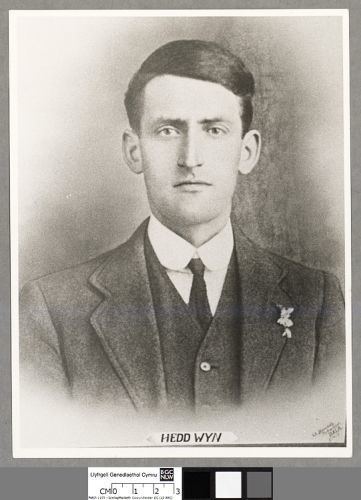
Ellis Evans received a basic education from the age of six at the local primary school and Sunday school. He left school around fourteen years of age and worked as a shepherd on his father’s farm. Despite his brief attendance in formal schooling (6-14) he had a talent for poetry and had already composed his first poem by the age of eleven, "Y Das Fawn" (the peat stack). Ellis's interests included both Welsh and English poetry. Hedd Wyn's main influence was the Romantic poetry of Percy Bysshe Shelley and themes of nature and religion dominated his work.
Eisteddfodau
His talent for poetry was well known in the town of Trawsfynydd and he took part in numerous competitions and local eisteddfodau winning his first chair (Cadair y Bardd) in Bala, 1907, at the age of 20. In 1910, he was given the bardic name Hedd Wyn (Welsh for "blessed peace"), a reference to the sun's rays penetrating the mists in the valleys of Meirionydd. It was suggested by the poet Bryfdir at a poets' meeting. In 1913, he won chairs at the local eisteddfodau at Pwllheli and Llanuwchllyn, and in 1915 he was successful at local eisteddfodau in Pontardawe and Llanuwchllyn. That same year he wrote his first poem for the National Eisteddfod of Wales—Eryri, an ode to Snowdon. In 1916 he took second place at the Aberystwyth National Eisteddfod with Ystrad Fflur, an awdl written in honour of Strata Florida, the medieval Cistercian abbey ruins in Ceredigion. He maintained an ambition to win the National Eisteddfod chair the following year.
First World War
Hedd Wyn was a Christian pacifist and did not enlist for the war initially, feeling he could never kill anyone.
The war left Welsh non-conformists deeply divided. Traditionally, the Nonconformists had not been comfortable at all with the idea of warfare. The war saw a major clash within Welsh Nonconformism between those who backed military action and those who adopted a pacifist stance on religious grounds.
The war inspired Hedd Wyn's work and produced some of his most noted poetry, including Plant Trawsfynydd ("Children of Trawsfynydd"), Y Blotyn Du ("The Black Dot"), and Nid â’n Ango ("[It] Will Not Be Forgotten"). His poem, Rhyfel ("War"), remains one of his most frequently quoted works.
Conscription
Although farm work was classed as a reserved occupation due its national importance, in 1916 the Evans family were required to send one of their sons to join the British Army. The 29-year-old Ellis enlisted rather than his younger brother Robert. In February 1917, he received his training at Litherland Camp, Liverpool, but in March 1917 the government called for farm workers to help with ploughing and many soldiers were temporarily released. Hedd Wyn was given seven weeks' leave. He spent most of this leave working on the awdl Yr Arwr ("The Hero"), his submission for the National Eisteddfod. According to his nephew, Gerald Williams,
"It was a wet year in 1917. He came back for fourteen days leave and wrote the poem, Yr Arwr, on the table by the fire. As it was such a wet year, he stayed for another seven days. This extra seven days made him a deserter. So the military police came to fetch him from the hayfield and took him to the jail at Blaenau. From there he travelled to... the war in Belgium. Because he left in such a hurry he forgot the poem on the table, so he wrote it again on the journey. So there are two copies: one in Aberystwyth and one in Bangor."
In June 1917, Hedd Wyn joined the 15th Battalion Royal Welsh Fusiliers (part of the 38th (Welsh) Division) at Fléchin, France. His arrival depressed him, as exemplified in his quote, "Heavy weather, heavy soul, heavy heart. That is an uncomfortable trinity, isn’t it?" Nevertheless, at Fléchin he finished his National Eisteddfod entry and signed it “Fleur de Lis”. It is believed it was sent via the Royal Mail around the end of June, 1917. On 31 July 1917 the 15th Battalion marched towards the major offensive which would become known as the Battle of Passchendaele.
Death at Ypres
Hedd Wyn was fatally wounded within the first few hours of the start of the Third Battle of Ypres on 31 July 1917. He fell during the Battle of Pilckem Ridge which had began at 3:50 a.m. with a heavy bombardment of the German lines (this was the opening attack in what became known as Battle of Passchendaele). However, the troops' advance was hampered by heavy rain turning the battlefield to swamp and incoming artillery and machine gun fire.
Evans, as part of the 15th (Service) Battalion (1st London Welsh), was advancing towards a German strongpoint –created within the ruins of the Belgian hamlet of Hagebos ("Iron Cross")– when he was hit. In a 1975 interview conducted by St Fagans National History Museum, Simon Jones, a veteran of the Royal Welsh Fusiliers, recalled,
"We started over Canal Bank at Ypres, and he was killed half way across Pilckem. I've heard many say that they were with Hedd Wyn and this and that, well I was with him... I saw him fall and I can say that it was a nosecap shell in his stomach that killed him. You could tell that... He was going in front of me, and I saw him fall on his knees and grab two fistfuls of dirt... He was dying, of course... There were stretcher bearers coming up behind us, you see. There was nothing – well, you'd be breaking the rules if you went to help someone who was injured when you were in an attack."
Soon after being wounded, Hedd Wyn was carried to a first-aid post. Still conscious, he asked the doctor "Do you think I will live?" though it was clear that he had little chance of surviving. Private Ellis Evans died at about 11:00 a.m. Among the fatalities that day was the Irish war poet, Francis Ledwidge, who was "blown to bits" while drinking tea in a shell hole.
National Eisteddfod
On 6 September 1917, the ceremony of Chairing of the Bard took place at the National Eisteddfod, held that year within Birkenhead Park, England. David Lloyd George, British Prime Minister—himself a Welsh-speaking Welshman—was present. After the adjudicators announced the entry submitted under the pseudonym Fleur de Lys was the winner, the trumpets were sounded for the author to identify themselves. After three such summons, Archdruid Dyfed solemnly announced the winner had been killed in action six weeks earlier. The empty chair was then draped in a black sheet. It was delivered to Evans' parents in the same condition, "The festival in tears and the poet in his grave," as Archdruid Dyfed said. The festival is now referred to as "Eisteddfod y Gadair Ddu" ("The Eisteddfod of the Black Chair").
The chair was hand crafted by Flemish craftsman, Eugeen Vanfleteren (1880–1950), a carpenter born in Mechelen, Belgium, who had fled to England on the outbreak of war and had settled in Birkenhead.
Ellis H. Evans was buried at Artillery Wood Cemetery, near Boezinge. After a petition was submitted to the Imperial War Graves Commission after the war, his headstone was given the additional words Y Prifardd Hedd Wyn (English: "The Chief Bard, Hedd Wyn").
Manuscripts and publication
Immediately after the eisteddfod, a committee was formed in Trawsfynydd to look after the poet's legacy. Under the leadership of J. R. Jones, the head teacher in the village, all manuscripts in the poet's hand were collected and carefully preserved. Due to the committee's efforts, the first anthology of the bard's work, titled Cerddi'r Bugail ("The Shepherd's Poems"), was published in 1918. The manuscripts were donated to the National Library of Wales in 1934.
Hedd Wyn, Ei Farddoniaeth, a complete Welsh language anthology of his works, was published by Transfynydd's Merilang Press in 2012.
The poem Yr Arwr ("The Hero"), for which Hedd Wyn won the National Eisteddfodd, is still considered the poet's greatest work. The ode is structured in four parts and presents two principal characters, Merch y Drycinoedd ("Daughter of the Tempests") and the Arwr. There has been much disagreement in the past regarding the meaning of the ode. It can be said with certainty that Hedd Wyn, like his favourite poet Shelley, longed for a perfect humanity and a perfect world during the chaos of war.
Merch y Drycinoedd has been perceived as a symbol of love, the beauty of nature, and creativity; and Yr Arwr as a symbol of goodness, fairness, freedom, and justice. It is through his sacrifice, and his union with Merch y Drycinoedd at the end of the ode, that a better age will come.
Trawsfynydd
The poet's bardic chair remains on display at Yr Ysgwrn, which has been preserved just as it was in 1917 by the poet's nephew, Gerald Williams. In December 2012, it was announced that Gerald was to be awarded an MBE for his "exceptional contribution" to the poet's heritage. There is also a bronze statue of Hedd Wyn dressed as a shepherd in the centre of the village. It was unveiled by his mother in 1923 and bears an englyn which Hedd Wyn had written in memory of a slain friend, Tommy Morris.
Centennial commemorations
In August 2014, the Welsh Memorial Park, Ypres was unveiled at Pilckem Ridge near Ypres. The war memorial stands close to the spot where Hedd Wyn was mortally wounded in July 1917 during the Battle of Passchendaele.
To mark the 100th anniversary of his death, a new Bardic chair has been created to celebrate the life of Hedd Wyn. It will be presented to the Welsh Government at a special service of remembrance at Birkenhead Park in September 2017.
1992 film
Hedd Wyn became the subject of the anti-war biopic Hedd Wyn in 1992. Based on a screenplay by Alan Llwyd, the film stars Huw Garmon as the poet. He is depicted as a tragic hero with an intense dislike of the wartime ultranationalism which surrounds him. Therefore, the film focuses largely on Ellis Evans's doomed struggle to avoid enlistment.
Hedd Wyn won the Royal Television Society's Television Award for Best Single Drama in 1993 and BAFTA Cymru Awards for Best Design (by Jane Roberts and Martin Morley), Best Director (Paul Turner), Best Drama – Welsh (Shan Davies and Paul Turner), Best Editor (Chris Lawrence), Best Original Music (John E.R. Hardy) and Best Screenwriter – Welsh (Alan Llwyd) in 1994. It was also the first British motion picture to be nominated for Best Foreign Language Film at the Academy Awards.
2009 novel
The Black Chair, a 2009 novel for young people by Phil Carradice, is based on the life of Hedd Wyn.
2017 novel
In July 2017, Y Lolfa published An Empty Chair, a novel for young people telling the story of Hedd Wyn as seen from the point of view of his teenage sister, Anni (mother of Gerald Williams). It is an adaptation by Haf Llewelyn of her prize-winning Welsh-language novel, Diffodd Y Sêr.
